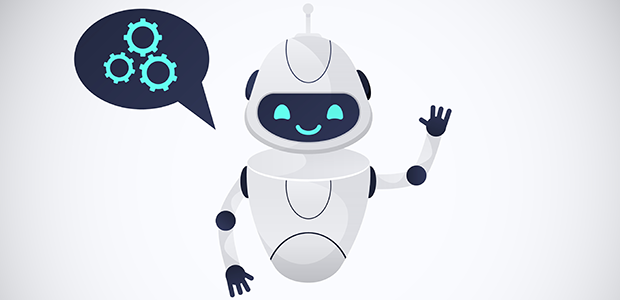
When maximising Human Intelligence with AI results in Super Human Intelligence
In today's world, businesses are on the lookout for new and innovative ways to stay afloat or ahead of the curve. One of these ways is by embracing Artificial Intelligence (AI). But that raises a few questions.
How do we combine and blend artificial intelligence with human intelligence to transform leadership and management and what is the role of Human Intelligence in regards to AI? Will this be the replacement of Human Intelligence or can we power it through the usage of AI? How can we ensure that we are augmenting Human Intelligence with AI, rather than replacing it? How can we avoid the biases and errors that an AI system can sometimes introduce?
The answer is that by taking into account the capabilities of both AI and humans, businesses can unlock a new realm of potential, creating a more productive and efficient workforce thanks to what we can call a Super Human Intelligence. AI and Machine Learning (ML) technologies blended together produce Super Human Intelligence, which has the potential to revolutionise leadership and management practices, offering unprecedented opportunities for growth, innovation and efficiency. However, to achieve this transformation, it is crucial to maintain a sense of trust and confidence within organizations and among employees.
Super Human capabilities
With the development of AI, the technology has already shown glimpses of some superhuman capabilities we can tap into. AI can work tirelessly and quickly compared to humans, process vast amounts of data and provide extremely accurate results. These capabilities make AI a great asset, especially in organizations that have to manage and process large chunks of data. For instance, AI-powered analytics allow businesses to analyse vast amounts of data to make more informed and accurate decisions.
Human intelligence still matters
However, AI alone cannot manage everything entirely. Human intelligence is crucial in making sense of the data generated from AI and making informed decisions based on that data. Humans are still needed for judgment, empathy and creativity, which are needed to implement solutions that are tailored to unique situations. The trust that the employees gain from their leaders cannot be entirely replaced by an AI-powered system and that needs to be nurtured by human intelligence.
More personalised experiences
One of the most significant benefits of combining AI with human intelligence is the ability to create more personalized and intelligent experiences for employees. With AI, businesses can automate mundane and monotonous tasks, freeing up employees to focus on more important tasks that require a more human touch. Employees can then have more time to focus on creative tasks that can boost their morale and curiosity. By freeing up time and reducing mundane tasks, people can concentrate on what they are best suited for, ultimately leading to a more productive and motivated workforce.
The ethical aspects associated with the use of AI must also be considered. As AI becomes increasingly advanced, businesses must find ways to maintain their ethical standards. It is essential to use AI in a way that minimises negative outcomes rather than exacerbating them. At the heart of the implementation of AI, businesses must consider how they will maintain human skills and values, such as empathy and creativity, without undermining or compromising them.
Collaborative partnerships between humans and technology
It is also important to recognize that trust is a significant factor in implementing AI in leadership and management. Employees who feel that their jobs are threatened will likely feel more apprehensive regarding the use of AI. Therefore, it is essential for businesses to implement AI in a way that creates a collaborative partnership between humans and the technology. This approach fosters a culture of trust, which ultimately drives an organization towards its growth and success.
When it comes to the employment market, there are concerns that the implementation of AI may lead to job loss, resulting in economic instability. While the industry may see a shift in job roles, there will also be opportunities for people seeking a career in new areas surrounding the technology. Businesses can alleviate these concerns by investing in employee training and development programs, ensuring that workforces have the necessary skills to remain relevant in an AI-driven environment.
Businesses that approach AI in such a transparent and open-minded way will enjoy increased success and longevity.

